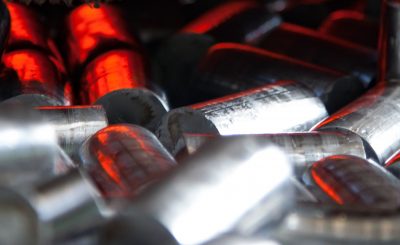What is Stress Relief and Annealing Heat Treatment?
During the manufacturing of products, the metal materials will undergo a range of processes. The metal may be forged, cast, bent, turned, milled, ground, drilled, welded, or otherwise machined. With so many tools and fixtures applying pressure to the metal part, different types of stresses may occur.
The part may become more brittle, soft, or even magnetic. These issues are due to the changes to the small grains, also known as crystallites, in the metal.
Metals possess grain structures that grow during heating and cooling processes. The areas between the crystals are the grain structure. As the metal is worked, it changes the grain structure and causes the crystallites to move beyond the boundaries, elongate, and dislocate.
As the grain structures move around, the worked metal may gain certain properties or undesired effects. One effect is that the metal experiences a large amount of stress to the point where it hardens. The metal can harden so much that it cannot undergo any more machining processes as cracking, breakage, or other defects occur.
Stress Relieving
Stress relieving is a heat treatment process that helps to remove the internal stresses caused to the metal when it is machined, cast, rolled, or forged. It typically involves placing the metal into a set temperature for a certain amount of time. Then the metal is cooled using a controlled method.

Stress relieving must be done carefully to remove the stresses without impacting the metal’s properties that should be kept for the part. This treatment can be done for both ferrous and non-ferrous metals. There are different types of stress relieving treatments. One such treatment is called annealing.
Annealing
The annealing treatment uses heat to make the metal softer when it hardens too much from casting, rolling, or forging processes. The process helps soften the metal so it can be machined.
The annealing treatment works by heating up the metal to a very high temperature and keeping it at the temperature for a length of time. With the metal heated, the old grain structures are eliminated and new grains recrystallize and grow. The metal becomes softer and more ductile as it loses some of its hardness.
The temperatures have to be precisely controlled so that the grains inside the metal do not become too large during this process. The temperature setting to use will depend on the metal and how it reacts to heat. The length of time must also be considered for the metal part.
For more information regarding stress relief annealing for your parts, contact Impro.